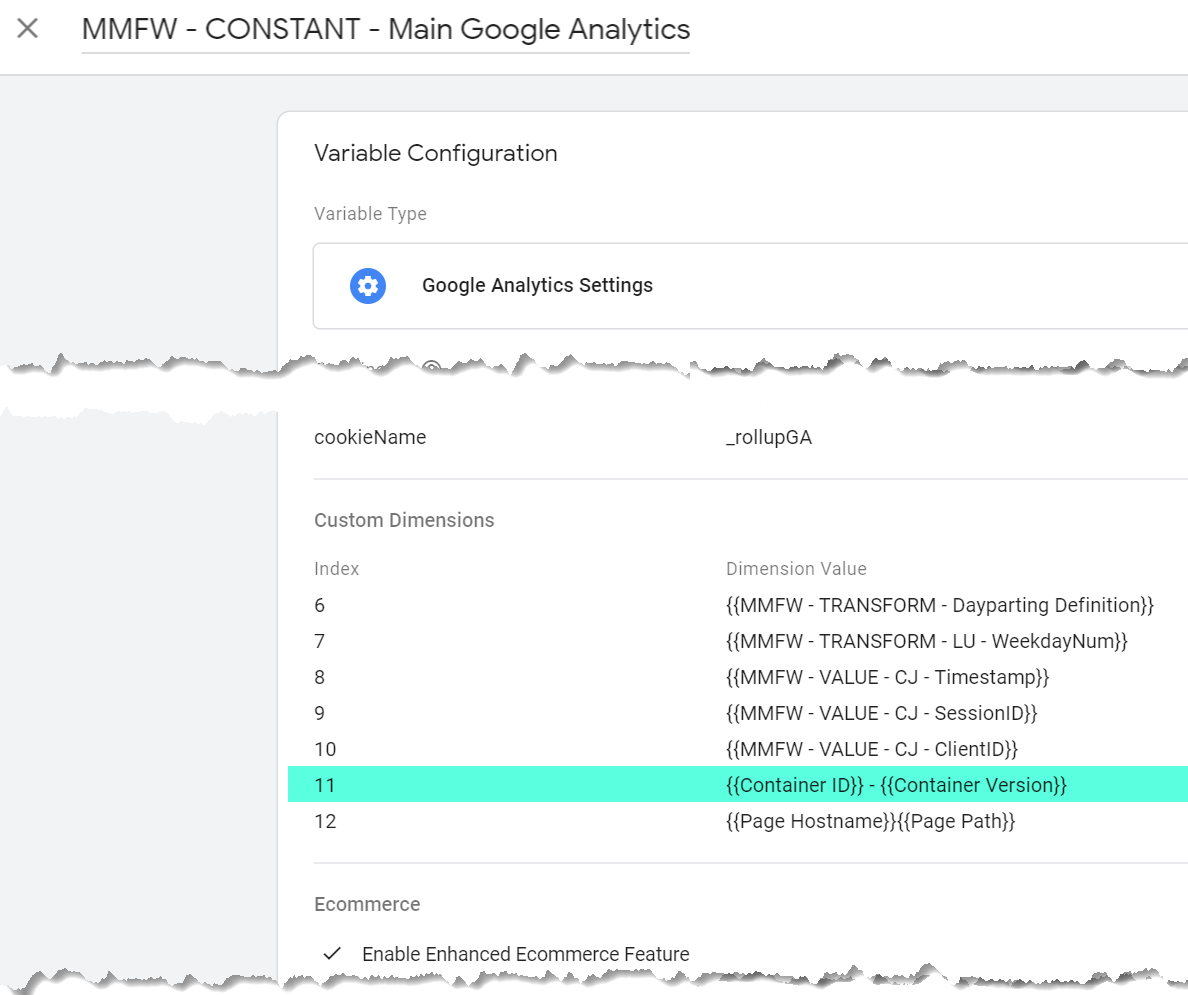Make Best Use Of Coverage Accuracy With Second Dimension in Google Analytics
Understanding how to optimize reporting accuracy with secondary dimensions in Google Analytics can dramatically improve the deepness of understandings acquired from information analysis. By integrating second measurements purposefully, marketing experts can reveal covert patterns and connections that may not be instantly apparent when evaluating main metrics alone.
Understanding Secondary Measurements in Google Analytics
Additional dimensions allow customers to section and even more dissect information beyond the key measurement chosen. While the primary dimension may present the overall number of web page views, including an additional measurement such as 'source/medium' can provide understandings into where the web traffic stemmed from.
Furthermore, recognizing additional measurements is essential for producing more personalized records tailored to details business goals. By picking the right combination of additional and main dimensions, analysts can uncover patterns, patterns, and correlations that could or else stay hidden. This nuanced approach to data evaluation empowers organizations to make enlightened choices based on a detailed understanding of customer actions across numerous dimensions.

Just How to Use Additional Dimensions
When leveraging secondary measurements in Google Analytics, the functional application includes selecting details data criteria to more fine-tune understandings past the primary measurement's range. To use secondary measurements properly, start by accessing the record or dataset where you wish to delve much deeper into the data. Within Google Analytics, locate the key dimension that you are currently assessing. When identified, click the dropdown menu classified "Additional Dimension." This activity will certainly reveal a checklist of added specifications that can be contributed to your evaluation. Pick the second dimension that aligns with your logical objectives, such as 'Source/Medium,' 'Tool Group,' or 'Place.' By choosing a second dimension, you can obtain more thorough insights right into customer habits, demographics, or acquisition networks. Bear in mind that second dimensions help give context and granularity to your main dimension data, enabling you to draw out even more meaningful and workable understandings from your Google Analytics records.
Leveraging Second Measurements for Insights
Making use of secondary dimensions in Google Analytics permits a much more detailed evaluation of information, supplying beneficial insights past the primary dimension's extent. By leveraging secondary measurements, users can delve deeper into the performance metrics of their site or app, uncovering covert patterns and patterns that may not be right away evident when only taking a look at primary measurements.
One trick benefit of making use of second dimensions is the ability to segment and filter data more specifically. This can aid marketers and experts better recognize the behavior of specific user segments, such as brand-new site visitors versus returning visitors, or traffic coming from different geographical places.
Additionally, secondary measurements allow customers to compare and comparison different data points within the click for more info very same record, providing an extra alternative view of efficiency (Secondary Dimension in Google Analytics). For instance, combining the main measurement of touchdown web pages with additional measurements like demographics or tools can reveal which web pages are most efficient in involving individuals on different gadgets or from different demographic teams.
Fundamentally, leveraging second dimensions in Google Analytics encourages users to extract richer understandings from their data, bring about more enlightened decision-making and ultimately, boosted performance.
Finest Practices for Second Dimensions
When assessing data in Google Analytics, integrating secondary measurements effectively improves the deepness of understandings stemmed from the key click for source metrics. To make the most out of additional measurements, it is important to comply with ideal techniques that guarantee exact and meaningful reporting. It is essential to choose second measurements that align with the primary metric you are evaluating. Selecting pertinent secondary dimensions assists in giving context and a clearer understanding of the data being taken a look at.
Additionally, it is recommended to restrict the number of additional measurements used in a solitary record to stay clear of frustrating the analysis with as well much info. Focusing on a few essential additional measurements at once can lead to more focused and workable insights. Furthermore, take into consideration try out various mixes of main and additional dimensions to uncover distinct patterns and patterns that might not be noticeable when looking at the information in seclusion.
Advanced Evaluation Strategies With Additional Dimensions
Exploring intricate information partnerships with the tactical application of secondary dimensions can introduce nuanced understandings that raise the depth of evaluation in Google Analytics. By incorporating additional dimensions with key information sets, advanced evaluation methods can be utilized to extract beneficial info. One such technique is cohort evaluation, where secondary dimensions permit the segmentation of users right into groups sharing common features. This technique enables a deeper understanding of customer habits patterns over time, assisting in the identification of fads and the evaluation of marketing projects' effectiveness.
Furthermore, additional measurements can enhance the analysis of conversion courses by offering additional context. Comprehending the different touchpoints a sites user interacts with before converting can be important in optimizing the client journey - Secondary Dimension in Google Analytics. By making use of additional dimensions to dive right into specifics such as web traffic resources or gadgets used, marketers can tailor approaches to target high-converting channels effectively
Final Thought

To improve data analysis and gain much deeper insights into user behavior, understanding second measurements in Google Analytics is essential - Secondary Dimension in Google Analytics. Secondary measurements allow customers to segment and better dissect information past the main measurement chosen. While the primary dimension may show the overall number of page sights, adding a second measurement such as 'source/medium' can supply understandings right into where the web traffic stemmed from.When leveraging second dimensions in Google Analytics, the practical application includes picking certain information criteria to additional refine insights past the key dimension's scope. Bear in mind that second measurements aid provide context and granularity to your main measurement data, allowing you to extract even more meaningful and workable insights from your Google Analytics records